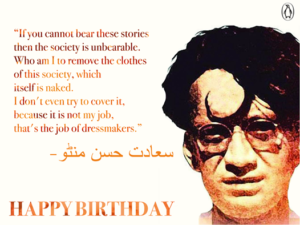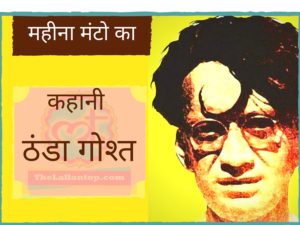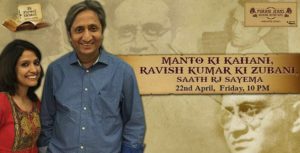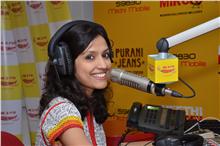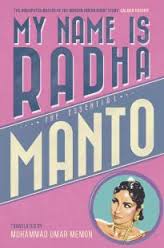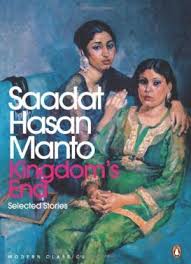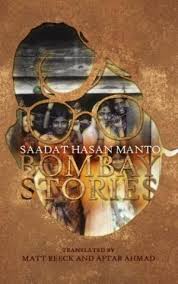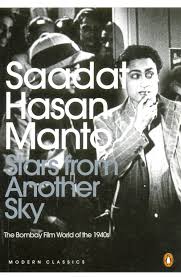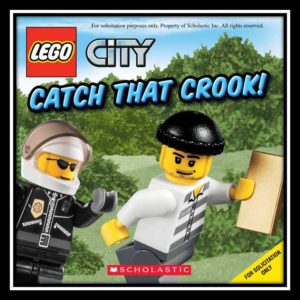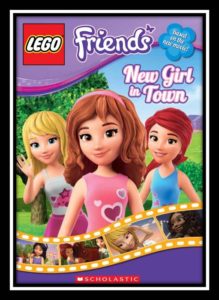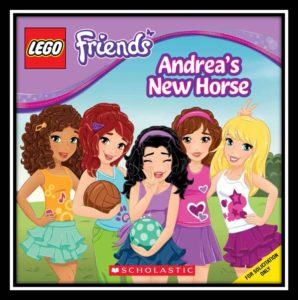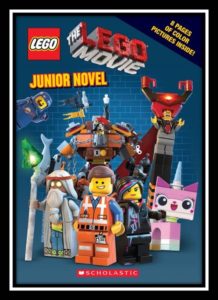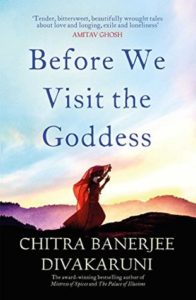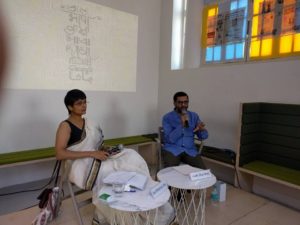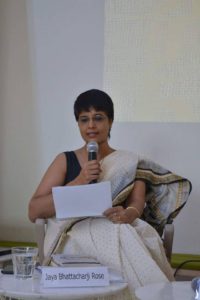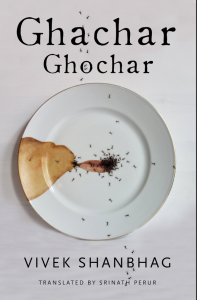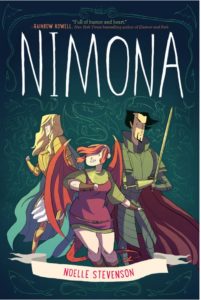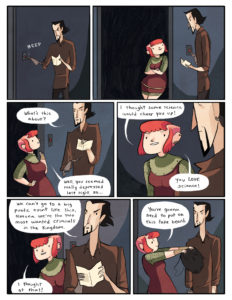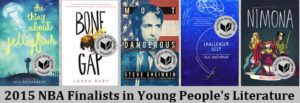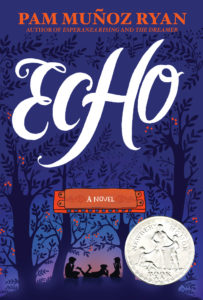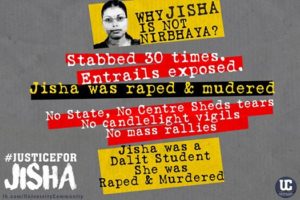 On 29 April 2016, Jisha, a dalit student of Government Law College, Ernakulam, Kerala, was raped and murdered. Jisha was found at her home which stands on Purambokku Bhumi (PDW land) in Iringol Rayamangalam Kanalbund, in Perumbavur district in Kerala. As per the post-mortem and primary police investigation, 30 stab wounds were found on the law student’s body. Investigation has shown that the wounds were made by a sharp object which which the rapists brutalised her face, chin, neck and also her stomach. Her body was found with her entrails exposed as the assailants had cut open her stomach. It is a fatal injury to the back of her head that caused the death, post-mortem report reveals. Jisha’s body was discovered by her mother, Rajeswari when she returned from her work as a house-help at 8.30 pm on April 28. Jisha has been a regular student at the Government law college and was preparing for examination when she was murdered. (The hashtag #JusticeForJisha has been created but it has not begun to trend so far on Twitter.)
On 29 April 2016, Jisha, a dalit student of Government Law College, Ernakulam, Kerala, was raped and murdered. Jisha was found at her home which stands on Purambokku Bhumi (PDW land) in Iringol Rayamangalam Kanalbund, in Perumbavur district in Kerala. As per the post-mortem and primary police investigation, 30 stab wounds were found on the law student’s body. Investigation has shown that the wounds were made by a sharp object which which the rapists brutalised her face, chin, neck and also her stomach. Her body was found with her entrails exposed as the assailants had cut open her stomach. It is a fatal injury to the back of her head that caused the death, post-mortem report reveals. Jisha’s body was discovered by her mother, Rajeswari when she returned from her work as a house-help at 8.30 pm on April 28. Jisha has been a regular student at the Government law college and was preparing for examination when she was murdered. (The hashtag #JusticeForJisha has been created but it has not begun to trend so far on Twitter.)
This is horrific news. The horror of the rape. The horror of sexual violence. The horror of violence. What is far worse is the visceral hatred directed towards Dalits — a section of society that continue to be ostracised by caste-conscious Indians. Many consider it to be a politically incorrect term but there is no denying that the practise of untouchability exists. Humiliation on a daily basis against dalits is not unheard of. It could be physical, social, economic, mental, health/nourishment or denying access to resources. The myriad ways in which it is perpetrated on dalits defeats imagination. Consider a small example. The recent banning of beef in India also deprives Dalits of their primary source of protein. Beef is cheap and easily available. The dalits belong to a section of society that cuts across religions. What is astounding is that the quantum ( and relentlessness) of violence against this community is impossible for any sane individual to comprehend and yet it is practised daily.
“Fortunately” now texts exist by and about Dalits. An introduction to Thunderstorm by Ratan Kumar 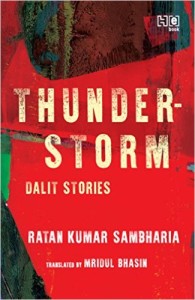 Sambharia ( Hachette India, 2016) explains it was the concatenation of events — printing technology + freedom struggle for Indian Independence from the colonial rulers which played a vital role in the social awakening of communities. This made a significant contribution to the creation of a specific literary genre that eventually came to be identified as Dalit Literature. As a result over the years a decent body of work has been made available in the form of songs, poetry, fiction ( short stories and novels), memoirs
Sambharia ( Hachette India, 2016) explains it was the concatenation of events — printing technology + freedom struggle for Indian Independence from the colonial rulers which played a vital role in the social awakening of communities. This made a significant contribution to the creation of a specific literary genre that eventually came to be identified as Dalit Literature. As a result over the years a decent body of work has been made available in the form of songs, poetry, fiction ( short stories and novels), memoirs 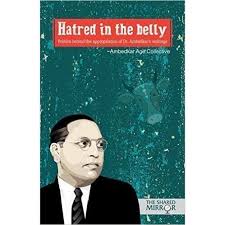 and biographies. Some publishing houses in India have been actively publishing this literature and commentaries of it– Macmillan India (in the 1990s with Bama’s memoir Karukku), Orient Longman/ OBS, OUP India, Zubaan, Navayana, Adivaani, Speaking Tiger and Penguin Random House. And then there are the incredible successes of self-published books such as Hatred in the Belly ( http://amzn.to/1Y7zhy7 ). It sold out within few days of it being made available online. Even the recently released novel Pyre by Perumal Murugan ( translated
and biographies. Some publishing houses in India have been actively publishing this literature and commentaries of it– Macmillan India (in the 1990s with Bama’s memoir Karukku), Orient Longman/ OBS, OUP India, Zubaan, Navayana, Adivaani, Speaking Tiger and Penguin Random House. And then there are the incredible successes of self-published books such as Hatred in the Belly ( http://amzn.to/1Y7zhy7 ). It sold out within few days of it being made available online. Even the recently released novel Pyre by Perumal Murugan ( translated 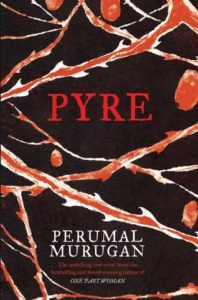 by Aniruddhan Vasudevan) carefully sidesteps naming castes but there are enough cultural indicators embedded in the story to make it apparent that Saroja, the bride, is a Dalit and hence the hostile reception she receives in her husband’s village. Noted Kannada writer and editor of the short-lived literary magazine Desh Kala, Vivek Shanbhag, told me at the Oxford Apeejay Languages Festival ( 23 April 2016) that in Karnataka the second-generation of Dalit writers are evident now. This literature represents part of the diversity Indian publishing has to offer.
by Aniruddhan Vasudevan) carefully sidesteps naming castes but there are enough cultural indicators embedded in the story to make it apparent that Saroja, the bride, is a Dalit and hence the hostile reception she receives in her husband’s village. Noted Kannada writer and editor of the short-lived literary magazine Desh Kala, Vivek Shanbhag, told me at the Oxford Apeejay Languages Festival ( 23 April 2016) that in Karnataka the second-generation of Dalit writers are evident now. This literature represents part of the diversity Indian publishing has to offer.
Recently a bunch of dalit literature texts have been creating quite an impact on contemporary Indian Literature. To give a bird’s-eye view of this specific literary landscape, some random examples:
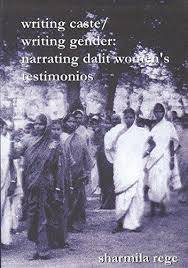 The Oxford India Anthology of Telugu Dalit Writing ( edited by K. Purushotham, Gita Ramaswamy, and Gogu Shyamala), OUP India
The Oxford India Anthology of Telugu Dalit Writing ( edited by K. Purushotham, Gita Ramaswamy, and Gogu Shyamala), OUP India- The Oxford India Anthology of Tamil Dalit Writing ( edited by Ravikumar and R. Azhagarasan), OUP India
- The Oxford India Anthology of Malayalam Dalit Writing ( edited by M. Dasan, V. Pratibha, Pradeepan Pampirikunnu and C.S. Chandrika), OUP India
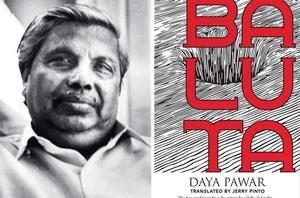
- Ratan Kumar Sambharia Thunderstorm: Dalit Stories ( translated by Mridul Bhasin), Hachette India
- Daya Pawar Baluta ( translated by Jerry Pinto and winner of 2016 Windham-Campbell Prize), Speaking Tiger
- Nirupama Dutt The Ballad of Bant Singh: A Qissa of Courage, Speaking Tiger
- Perumal Murugan Pyre ( translated by Aniruddhan Vasudevan), Penguin Random House India
- Sharmila Rege Writing Caste, Writing Gender: Narrating Dalit Woman’s Testimonios, Zubaan
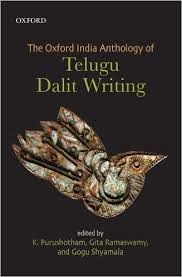
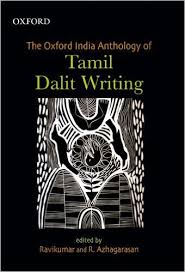
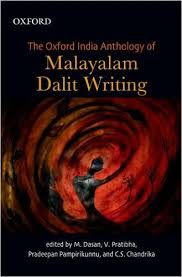
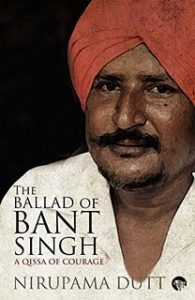 In this context it is worth reading what the well-known second-generation Dalit politician, Mrs. Meira Kumar, former Lok Sabha Speaker, Parliament of India, had to say about Dalit Literature.
In this context it is worth reading what the well-known second-generation Dalit politician, Mrs. Meira Kumar, former Lok Sabha Speaker, Parliament of India, had to say about Dalit Literature.
Great literature, the classics, is time-tested, invariably painted on large canvases and are stories that have shaped generations. And then there are books like Amritlal Nagar’s Nachyo Bahut Gopal, which are revolutionary and made a significant impact on me. I object to the classification of literature like this as Dalit Literature. It is the sort of label designed to keep a book in its so-called place. By assigning labels to writing as anarchists, we try to push them further out into the fringe. ( In Tehelka, 2012. http://www.tehelka.com/2012/12/i-am-drawn-to-strong-women-characters-jane-austen-made-a-huge-impact-on-me/ )
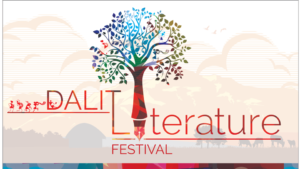
The first edition of Dalit Literature Festival will be held on 6-7 December, 2016 in New Delhi. ( http://dalitliteraturefestival.com/ ).
Sadly with all these active dialogues, the growing awareness, cultural extravaganzas, the hostility towards Dalits continues to be deeply embedded in society and violent attacks such as on Jisha are a dark reality. What is far worse is the deafening silence against many of these acts that are unrecorded.
4 May 2016
 You can buy a man’s hours off him, you can steal his days from him, or you can rob him of his whole life, but no one can take away from any man so much as a single moment. That’s the way it is. ( p.37)
You can buy a man’s hours off him, you can steal his days from him, or you can rob him of his whole life, but no one can take away from any man so much as a single moment. That’s the way it is. ( p.37)
